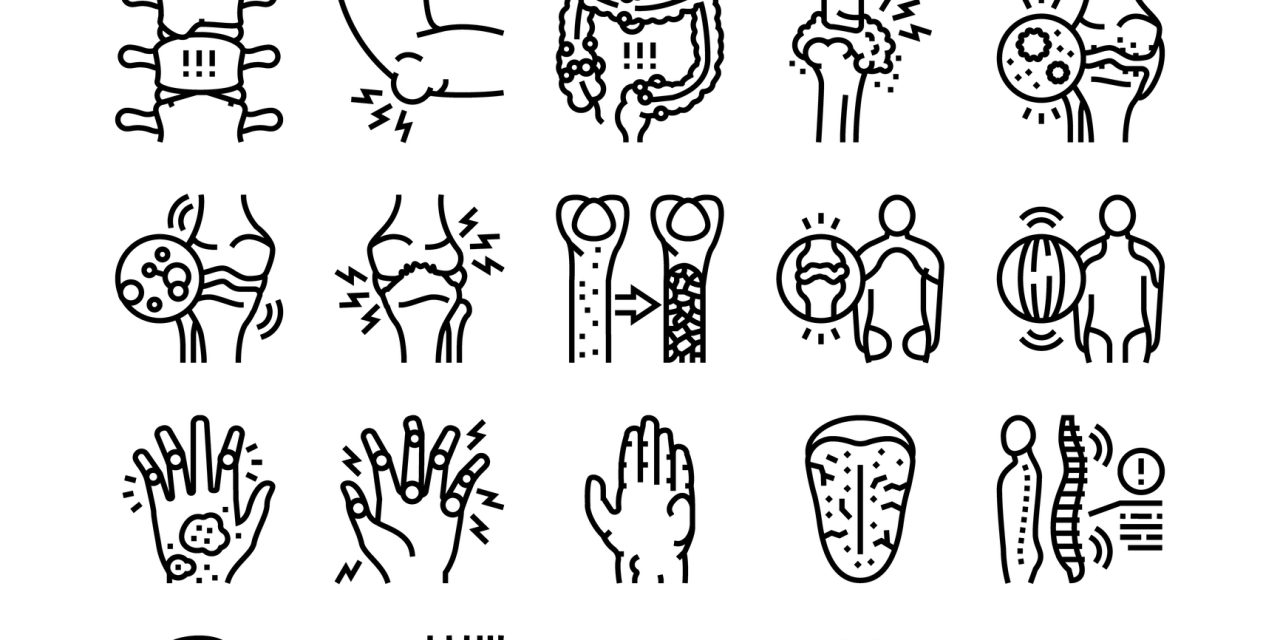This cross-sectional observational study looked at the distribution of ultrasound (US) characteristics of lower-limb joints as well as tophus risk variables in gout patients. Between March and August of 2017, we investigated 588 joints in 98 gout patients by US, including the bilateral knee, ankle, and first metatarsophalangeal (MTP) joints. Cochran Q and 2 tests were used to examine the distribution of double-contour (DC), tophus, aggregates, synovitis, effusion, and erosion in various joint, course, and age groups. The logistic regression approach was used to examine the risk variables of tophus. The most prevalent site of double-contour was the knee. Tophus, aggregates, synovitis, and erosion were the most common findings in the initial MTP. The frequency of DC, tophus, and erosion was considerably greater in individuals with a longer duration. Tophus and erosion were more visible in older individuals than in younger patients. Patients who were older, had more frequent bouts, and had a longer course of tophus were at a higher risk.
The majority of symptoms were found by US at the first MTP, with the exception of DC, which was most typically observed in the knees. Patients over the age of 65 who have frequent bouts and a longer course of treatment may be at a higher risk for tophus.


